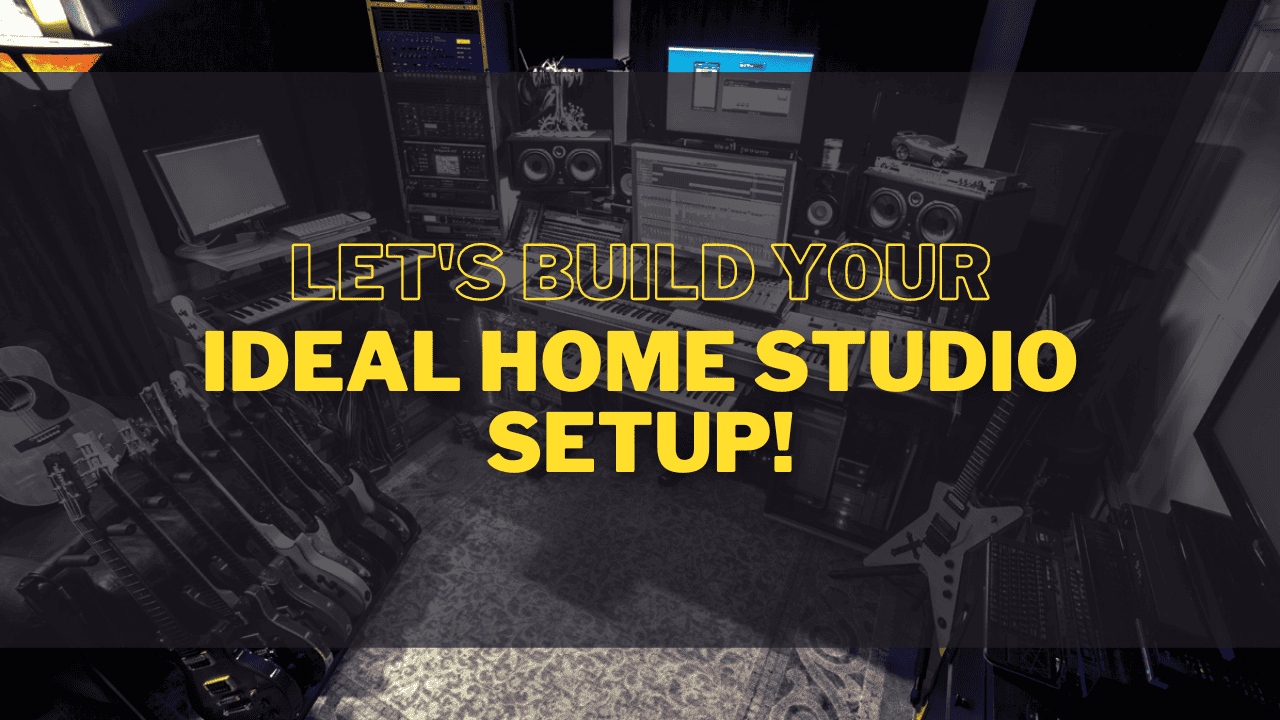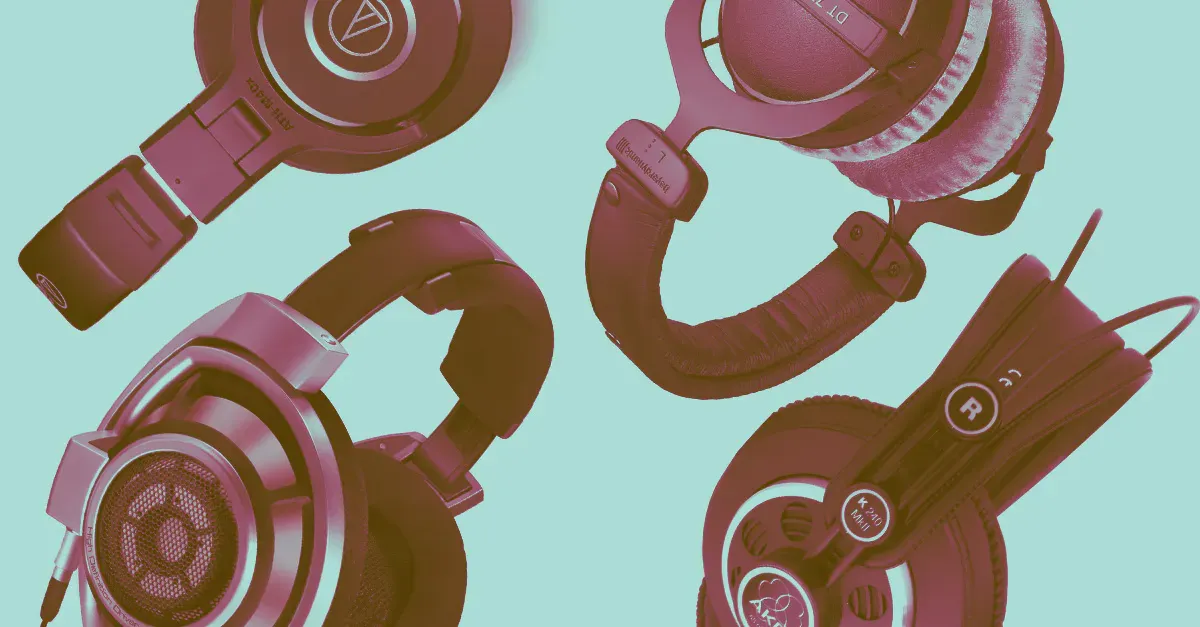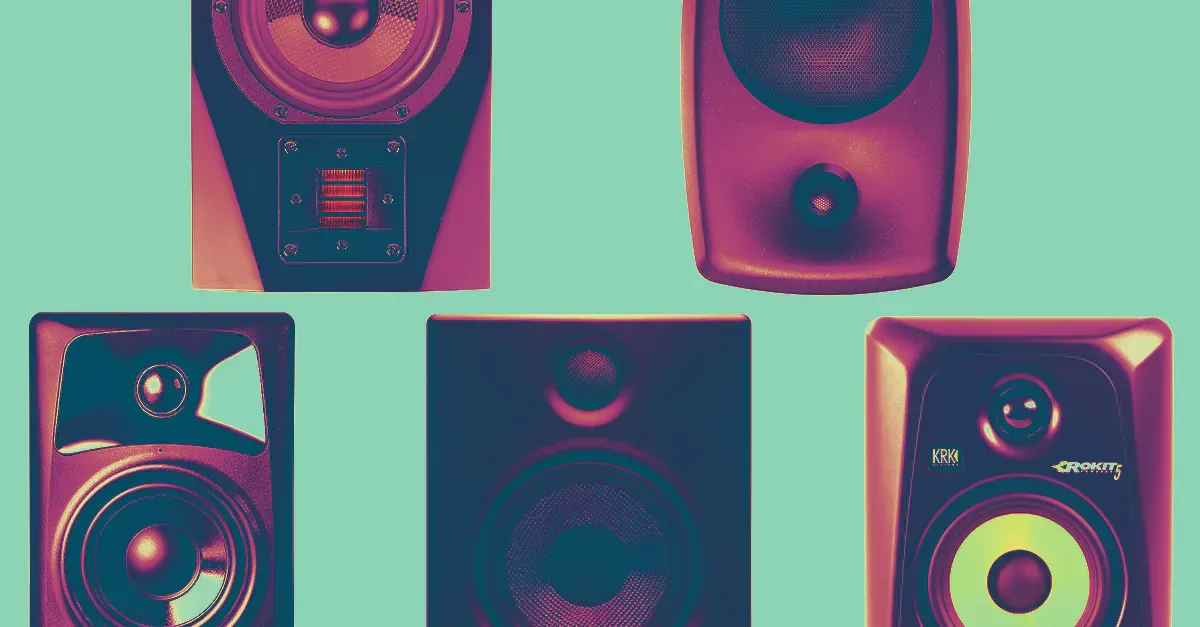Embarking on music production can be overwhelming, given the wide range of home studio setups available, from basic laptop rigs to advanced production facilities. However, starting out doesn’t have to be complex. This article simplifies the process by outlining the core elements of a home studio. We’re here to guide you on building your ideal home studio setup and offer budget-friendly options for all levels.
Home Studio Basic Equipment
Essential equipment for your home studio includes a few key components. Here are the fundamental requirements to kickstart your music production journey:
1. Computer
- For a low budget, consider the Asus Zenbook 13.
- If you have a medium budget, the Microsoft Surface Laptop 4 is a suitable choice.
- And for a high budget, opt for the MacBook Pro 14″.
Your computer serves as the central hub for hosting digital recording technology, such as DAW software and plugins, which enable you to record, edit, arrange, and mix your music.
Fortunately, audio processing demands fewer computing resources compared to other creative tasks, making today’s general-purpose laptops and desktops capable of handling basic music production. However, if you plan to tackle extensive sessions with numerous instrument and effects plugins, you’ll require a more powerful machine.
2. Audio Interface
- For a low budget, consider the Presonus AudioBox USB.
- If you have a medium budget, the Focusrite Scarlett 2i2 is a suitable choice.
- And for a high budget, opt for the Apogee Quartet.
Your audio interface serves as the crucial hardware that manages the connections to and from your recording software, converting analog signals into digital information for your DAW. How to make an ideal home studio setup if you miss this.
It also facilitates connections for headphones and monitor speakers, allowing you to listen to your work. The heart of an audio interface lies in its analog-to-digital and digital-to-analog converters, with the number of channels determining the inputs and outputs available simultaneously.
While beginner audio interfaces often offer a 2-in/4-out configuration, there is a wide range of options available.
3. Headphones
- For a low budget, consider the AKG K72.
- If you have a medium budget, the Audio Technica ATH-M50x is a suitable choice.
- And for a high budget, opt for the Sennheiser HD 600.
A reliable pair of headphones is an essential component of any ideal home studio setup.
While they serve as your primary listening system, they are also crucial for tasks like tracking vocals. While it may be tempting to use consumer headphones you have on hand, investing in dedicated pro audio headphones is a must.
The key distinction is that studio monitoring headphones are designed to deliver a flat and neutral sound. This doesn’t always mean better. Consumer headphones often emphasize certain frequencies to enhance the music’s appeal.
However, when it comes to mixing a song that will translate well across different listening systems, neutrality is paramount.
Additionally, the design principles of monitoring headphones play a significant role. Open-backed headphones provide a more transparent sound but allow sound to escape from the rear side of the drivers, which is undesirable if you’re using them for recording purposes and need isolation.
4. Microphone
Consider the MXL 990 for a low budget, the Rode NT-1a for a medium budget, and the AKG C414 XLS for a high budget.
If recording vocals is part of your workflow, a reliable studio microphone is an essential addition to your home studio.
While various microphone types cater to different tasks, having a versatile option that can handle vocal duties and general tasks is advisable.
If you can only invest in a single microphone, a large diaphragm condenser is typically recommended. Among the top choices in this category, the Rode NT-1a consistently stands out as one of the best options available.
5. Studio monitors
- Consider the Presonus Eris E5 for a low budget.
- The Yamaha HS5 for a medium budget.
- And the Neumann KH120 for a high budget.
Studio monitors are specialized speakers designed for music production.
Similar to the aforementioned headphones, studio monitors provide an unbiased, uncolored response, allowing you to perceive every detail of your mix accurately.
In today’s market, budget-friendly studio monitors offer remarkable capabilities, with a wide range of options available in various sizes to suit your needs.
However, selecting the right monitors for your setup can be challenging. Since you’ll be relying on them extensively during the production process, take your budget into account, match the speaker size to your mixing environment, and listen to different models before making a final decision.
6. MIDI Controller
- Consider the Novation Launchkey Mini for a low budget.
- The Arturia Keylab 61 for a medium budget.
- And the Nektar Panorama P4 for a high budget.
A MIDI controller is essential if you intend to play virtual instruments within your DAW.
These devices serve as musical input tools that do not generate sound independently but provide the necessary information to software instruments, instructing them on which notes to play.
While traditional keyboard-style MIDI controllers are familiar, this category encompasses various input methods and control setups.
For instance, your MIDI controller can function as a control surface for essential DAW functions such as play, stop, and record.
You can even assign parameters to the controller’s knobs and sliders, offering hands-on control over your mix.
Last word
Up to this point, we have addressed the fundamental components of a home studio setup.
However, it’s essential to consider a range of accessories to complete your personal studio.
These accessories encompass vital items such as audio cables, microphone stands, and even acoustic treatment.
Regardless of your chosen budget, allocate a portion of it to invest in a selection of supplementary equipment that will enhance and complement your setup.



